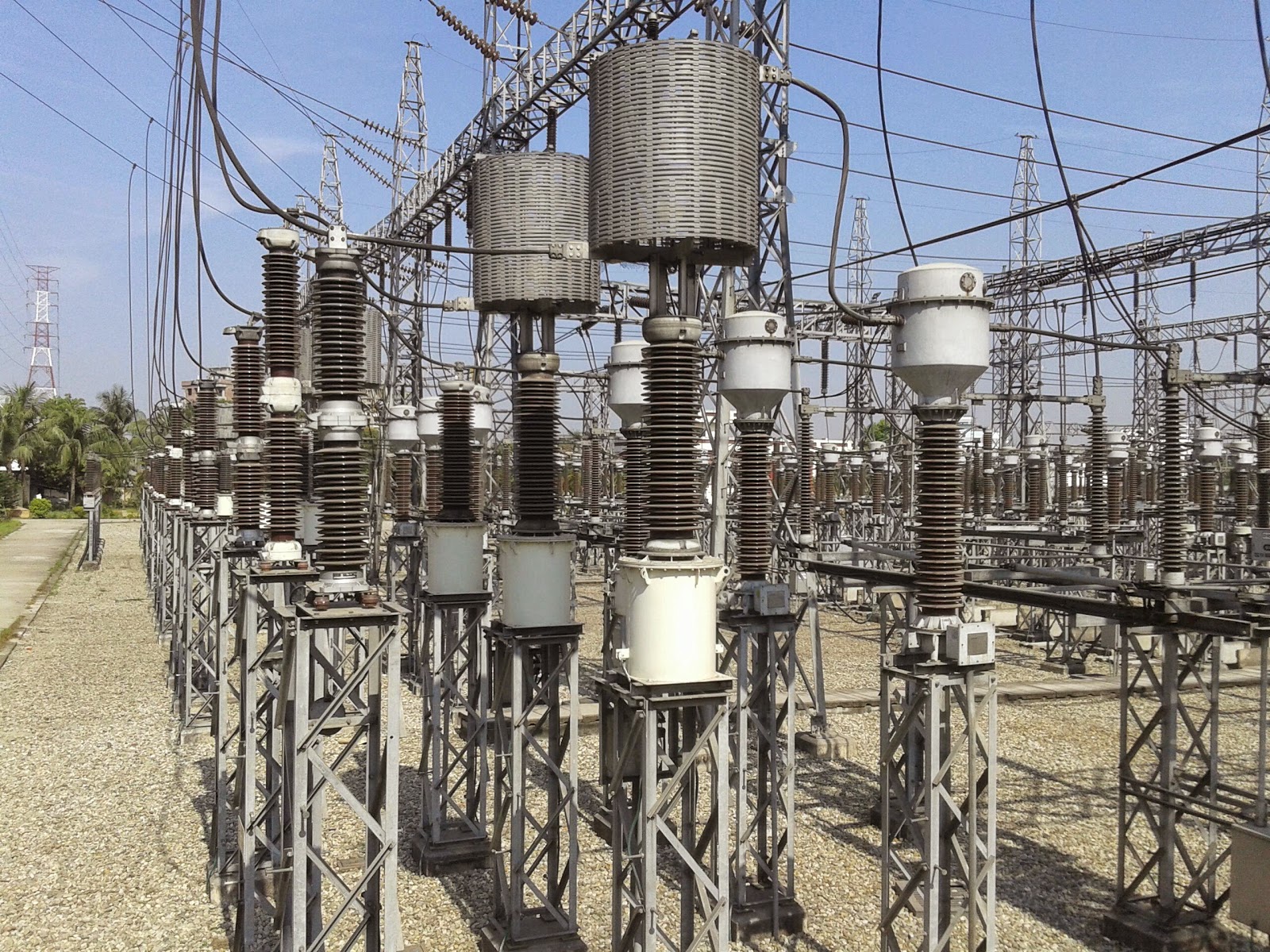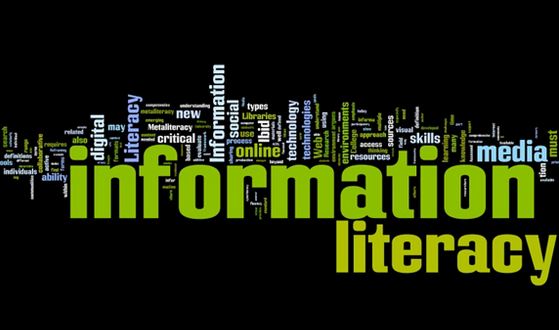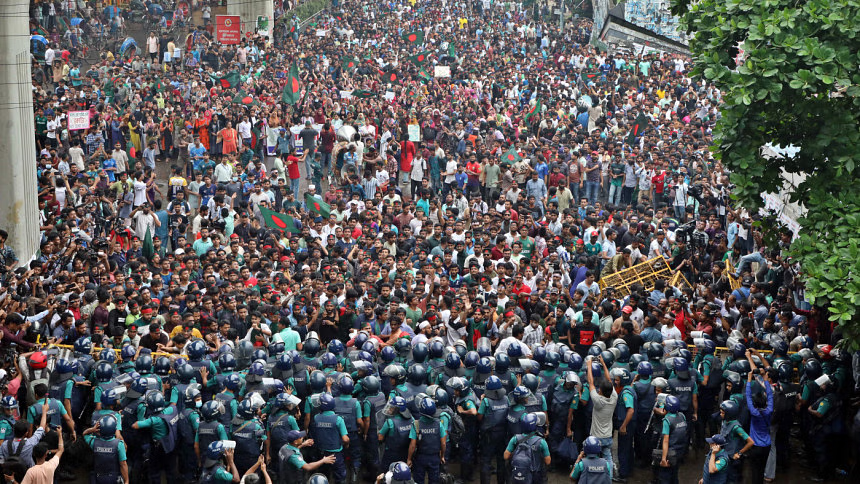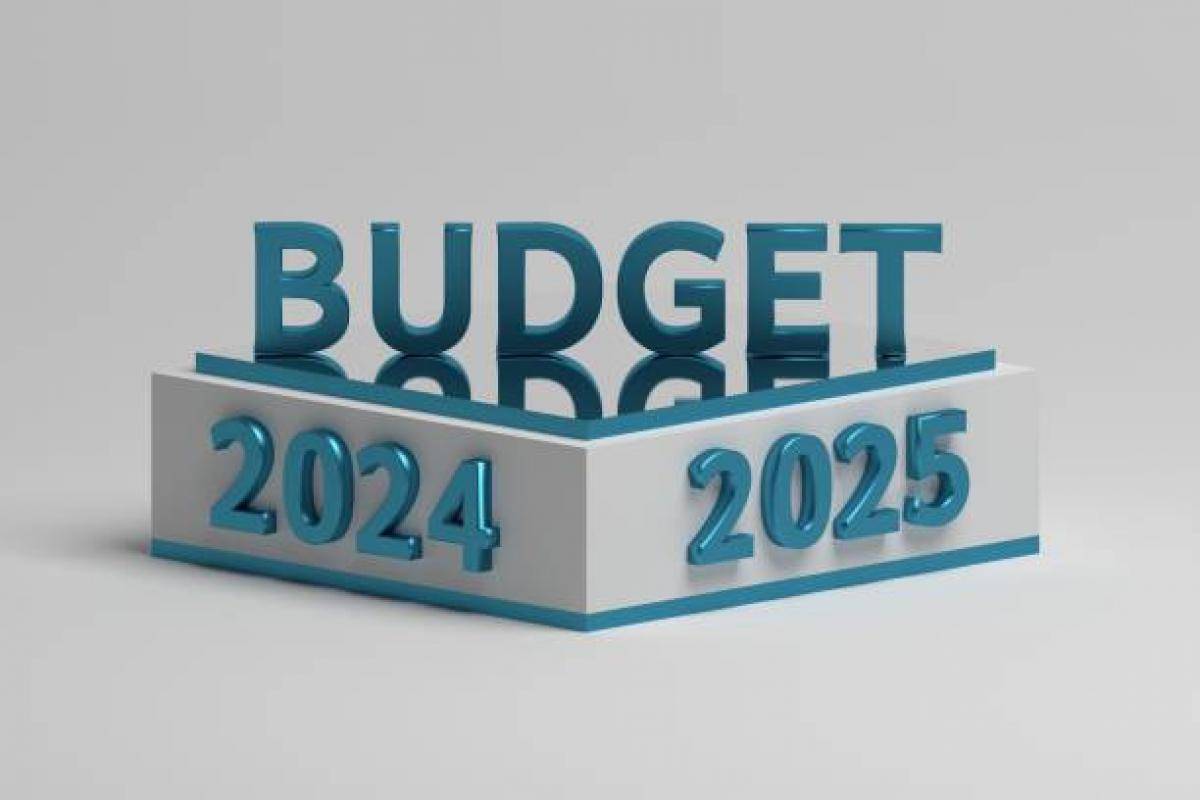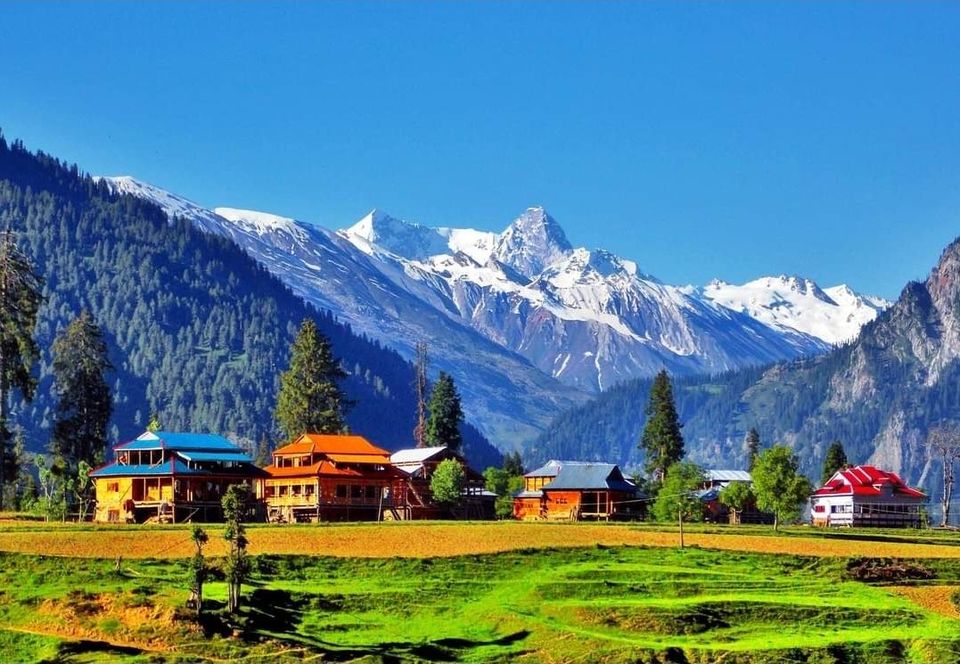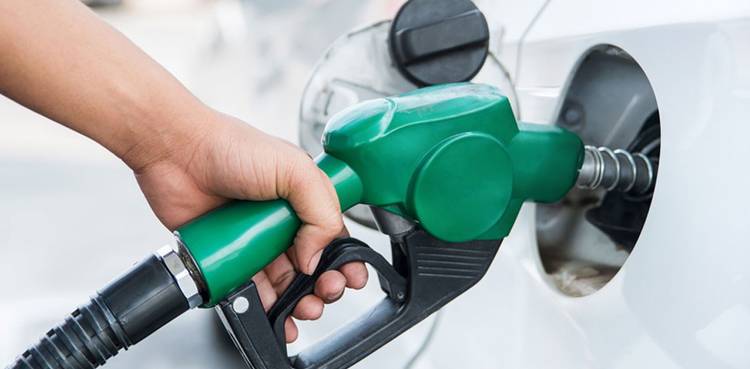Masood Ahmed Khan
As the world continues its ambitious quest towards a sustainable future, energy remains a critical component of the conversation. The focus is on creating energy using various fuels, including renewable technologies. Pakistan is blessed with abundant renewable potential, and we are already witnessing wind turbines in Jhimpir and solar panels on rooftops, representing a significant shift towards sustainable and greener energy.
However, we must not overlook a crucial component of this energy transition – the grid. The true backbone of renewable energy’s potential lies within the intricate labyrinth of cables and substations. It is here that the grid either empowers or constrains the potential of renewable energy.
In Pakistan, grid constraints are due to issues like poor departmental management, reliance on imported fossil fuels, high power generation costs, and outdated monitoring techniques. The country has been facing energy crises for many decades due to these challenges. Blackouts are a critical issue affecting the stability and reliability of Pakistan’s power supply systems, underscoring the need for a robust and reliable power infrastructure. Pakistan’s national grid has suffered significant breakdowns, highlighting infrastructural weaknesses and the need for upgrades that the government is struggling to afford.
The power sector problems in Pakistan, such as insufficient supply to meet rising demand, have led to a significant energy crisis in the country, impacting all major sectors of the economy. Poor infrastructure and underdeveloped management of the power sector have contributed to the ongoing challenges faced by Pakistan in meeting its energy needs. These difficulties have a significant impact on Pakistan’s industrial sector, leading to job losses and decreased economic growth.
To ensure a stable and reliable energy supply for businesses, many companies have turned towards renewable energy sources such as solar and wind power. The transition to a fully renewable energy system will require careful planning and consideration of the potential consequences. It is crucial to ensure that the energy infrastructure can handle fluctuations in supply and demand and that adequate storage solutions are in place to address the intermittency of renewable sources.
While the promise of renewable energy captures the imagination, the reality of integrating these green sources into our existing grid reveals a more complex picture. The limitations of our current grid infrastructure are steadily impeding the dream of a sustainable economy and a decent lifestyle for the masses. This is a critical issue that must be addressed promptly to ensure a brighter future for all.
Innovation in the form of digitalization offers a promising path forward, enabling us to reimagine the grid as a dynamic, intelligent system capable of meeting the demands of the 21st century. There are virtual models that allow for the simulation of future scenarios, modelling live data to optimize performance and efficiency comprehensively.
The dialogue on energy is often saturated with discussions of installed capacity. However, the real problem is the narrow focus of our policymakers on the generation of power and reducing costs without looking into the complexity of the challenge at hand. As we venture deeper into the era of electrification, the crux of the matter is not solely how much we can generate but how effectively we can transmit, distribute, and utilize this energy.
Microgrids can help adopt renewable energy faster and would be far more efficient in bringing power to the unserved communities living in far-flung areas like Baluchistan. However, while microgrids and battery storage can help alleviate some of the transmission challenges, they cannot replace the need for a modernized grid. Smart grids use advanced communication and control systems to better manage power distribution, allowing for more efficient and reliable transmission of energy. This technology can also help integrate renewable energy sources into the grid, ensuring a smoother transition to a cleaner, more sustainable future.
The transformation of our grid will require collaboration from all stakeholders: government, utility companies, and technology providers. Digitalization stands as a beacon of efficiency, offering avenues to minimize transmission losses, align electricity flows with demand, and enhance the transparency of grid operations. Advanced technologies, including artificial intelligence, machine learning, and the Internet of Things, can help optimize the grid’s performance and enable a rapid response to changing energy needs.
The transition towards a sustainable energy future demands more than passive acknowledgement of the grid’s role; it calls for active, informed engagement in redefining what the grid can and should be. Only through a concerted effort to upgrade, digitalize, and reimagine our energy networks can we unlock the full potential of renewable energy. This is not merely an investment in infrastructure but a foundational commitment to a sustainable, equitable future.
Finally, the transformation of Pakistan’s grid infrastructure is crucial for a sustainable energy future. It requires a comprehensive approach that involves collaboration from all stakeholders, including policymakers, industry leaders, and society at large. Digitalization stands as a promising path forward, enabling us to reimagine the grid as a dynamic, intelligent system capable of meeting the demands of the 21st century. The transition towards a sustainable energy future is not just an investment in infrastructure but a foundational commitment to a sustainable, equitable future for all.
Please, subscribe to the YouTube channel of republicpolicy.com



































